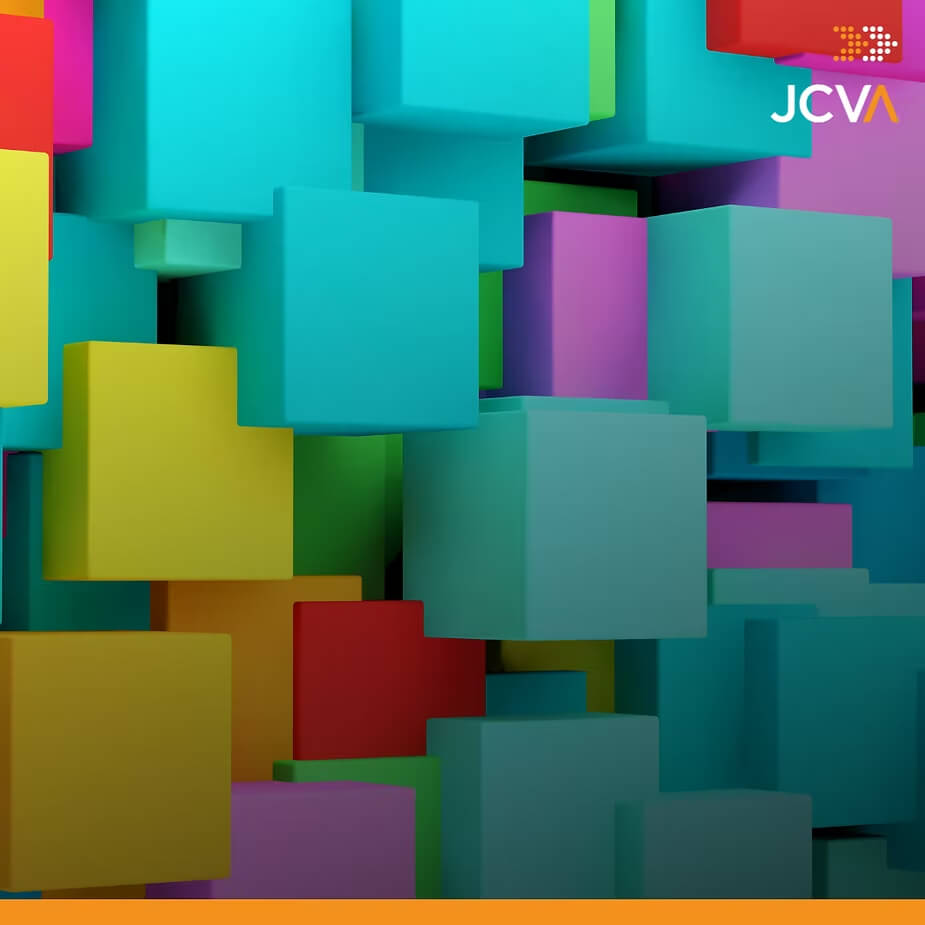
Do you get nervous when you walk into a yellow room? Do you find the color blue to be calming and relaxing? Color has long been thought to have a powerful effect on moods, feelings, and emotions by artists and interior designers.
Color is an extremely effective communication tool that can be used to signal action, influence mood, and even influence physiological reactions.
We’re sharing how color is such a powerful tool that affects our lives, especially in the workplace. Let us help you how people respond to different colors and how you can apply it to your own advantage and boost productivity and creativity in your space!
Although most color psychology facts have not been thoroughly studied yet, there is still some evidence that color affects people and their moods.
We react to color in three distinct ways. The first is a biological reaction. We do know a bit about how we react biologically to red objects; they can elicit fear and desire.
The second factor is our cultural reaction. For example, blue is the most popular color in the West, and yellow is the least popular. However, yellow comes on top in the East.
The third factor is our individual associations with color. Did you grow up in a loving, supportive home with a pink bedroom? Then you may be drawn to pink.
Here’s a short and easy method to choosing colors that can help you get more done, encourage creativity, and create a more harmonious work environment.
Money. Nature. A proclivity for recycling and sustainability. Most importantly, life. All of these are associated with the color green. And yet, the color green is so much more fundamental.
Incorporate green into brainstorming areas or places where computers are used to boost creativity. Green is also used to:
A simple way to incorporate green into your color scheme, try adding some plants. Green office furniture and decor can also provide a splash of color.
Practical Tip: Decide your green carefully. Select brighter, lighter greens because these represent growth, vitality, and renewal, whereas darker, richer greens represent prestige, wealth, and abundance.
From the nighttime sky to a deep blue sea, the color blue expands our horizons and blankets our goals. Blue may be the wholesomest color, and some say blue lowers heart rate, blood pressure, and respiration. Like green, blue is great for brainstorming and detail-oriented work. Blue also:
Practical Tip: Blue can be anything from businesslike and reliable to calming and peaceful to feeling down and depressed. So, pick your shade wisely.
The color yellow is associated with happiness, warmth, the sun, and light. Yellow can be an excellent choice for creating a safe space–either for relaxing or boosting confidence and energy, which can be beneficial for making large project decisions and motivating critical thinking.
Yellow is also known to:
But don’t go overboard. Too much yellow can make you anxious or even hungry.
Purple is a color associated with wealth, comfort, and independence. Purple represents high places; it has been associated with royalty for centuries — and with good reason.
Historically, dye production was one of the riskiest, laborious, time-consuming, and costly processes. Only the wealthy could afford it, and aside from kings’ robes and priests’ stoles, the color was difficult to achieve. Those who donned it did so with pomp and circumstance.
However, when used in your own space, the color purple is best utilized when your employees deal with children or the elderly.
It is said that it increases nurturing tendencies as well as sensitivity.
Also, keep in mind the different shades of purple. Each tone conveys a distinct message.
Bonus Tip: Purple is best for art studios and beauty clinics.
Danger, energy, strength, determination, love, passion, and desire are all associated with it. Red is also known to have physical effects on our bodies, such as increased blood pressure, heart rate, and metabolism.
Red can make people believe that a room is warmer than it is. Red works well in spaces with physical activity or at night.
Red is also capable of:
You can choose colors that create an effective, enjoyable environment now that you understand the effects of the different colors we’ve mentioned. Choose a few colors to experiment with and see if they deliver the best impact for your space’s purpose.
Do you need assistance incorporating color into your workplace? JCVA works with great designers and builders who can deliver your dream office. JCVA delivers only the highest quality and performance at every phase of the project to make sure that your business goals come to fruition. Our services range from project planning & development and cost consultancy to WELL, LEED, and BERDE consultancy. Partner with us today! Email us at info@jcvassociates.ph and visit www.jcvassociates.ph to know more about our consultancy offerings.
Sources:
Read the engaging book “Secret Language of Color: Science, Nature, History, Culture, Beauty of Red, Orange, Yellow, Green, Blue, & Violet” to learn more about Color Symbolism:
Arielle Eckstut and Joann Eckstut. Secret Language of Color: Science, Nature, History, Culture, Beauty of Red, Orange, Yellow, Green, Blue, & Violet. 2013. (Link)
https://www.connectingelements.com/our-blog/office-color-schemes-the-psychology-of-productivity
We manage risks, build strong stakeholder relationships, and deliver solutions that reflect global best practices, backed by deep local industry knowledge.
If you're looking for a reliable partner to bring your vision to life, JCVA is here to build it with you.

